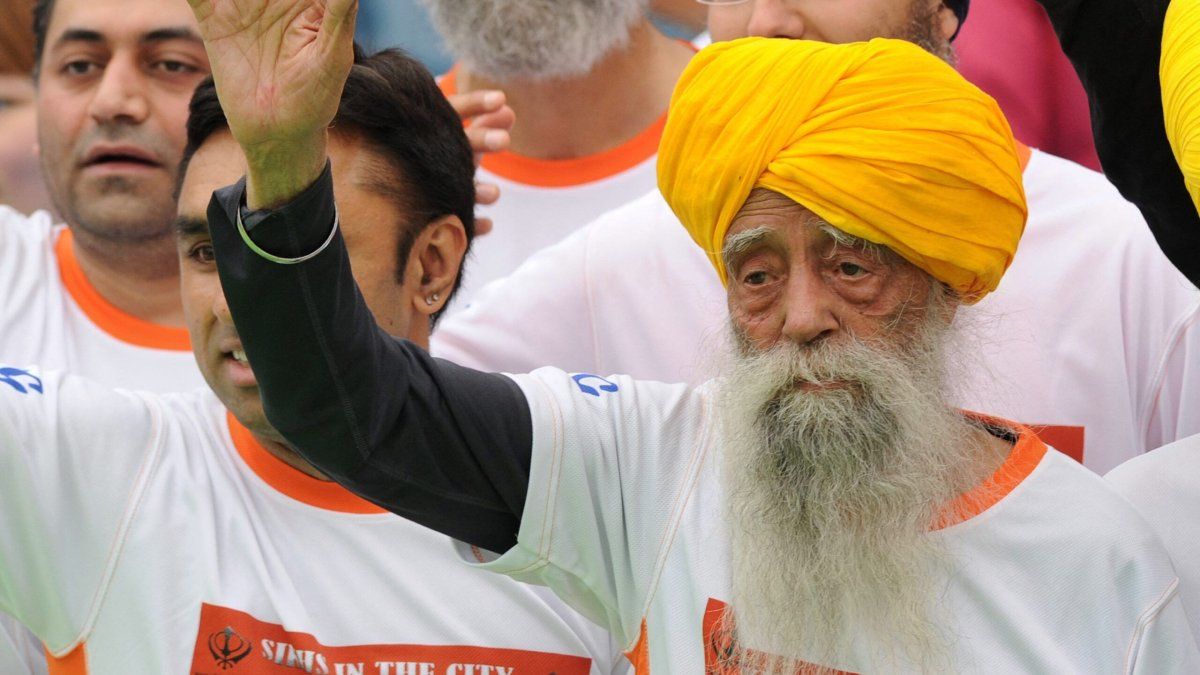Today we consider the menstrual cycle as a fifth vital sign in every woman of childbearing age who does not use a long-term contraceptive method, so it is important to be attentive to its characteristics. Since, like blood pressure, heart rate or respiratory rate, the particularities of the period can be the key to the diagnosis of important pathologies or dysfunctions, allowing their early detection.
Physical activity is an indisputable ally for health, it strengthens muscles and bones, prevents diseases, improves daily skills, generates endorphins, among other benefits. Even in women with dysmenorrhea or severe menstrual pain, physical exercise is part of the treatment, added to a proper diet and good hydration, which allows cortisol to be reduced – a stress hormone that tends to injure the muscle – and to increase endorphins, released substances that improve mood.
Athletics Race Start.jpg
Buenos aires city
The competitive attitude and motivation, apart from pharmacological indications, are usually prescribed to improve symptoms. But its performance, especially if it is high performance, must be guided and controlled by an interdisciplinary team that verifies the activity, health, quality and quantity of nutrients, and the emotional environment of the person who performs it.
In the case of women, research studies have been carried out in recent years that relate the menstrual cycle to sports performance. Some of them indicate that female participation in sport, compared to men, is a 50% lower, and that the lack of controls could affect development and reproductive health.
This is because a high percentage of athletes, depending on the hours of training, fall into what is called “athlete triad” which is composed of amenorrhea -lack of menstruation for more than three months-, eating disorder and osteoporosis -decreased bone mass density-. Although these warning signs can be found in all sports practices, the disciplines in which a greater number of cases are observed are athletics, artistic gymnastics, ballet, cycling and swimming.
“It is of vital importance that health prevention is carried out from early childhood, since a restrictive diet and/or an intense physical exercise plan not in accordance with the evolutionary stage of the boy and girl, can cause alterations in pubertal development, and complications at the sexual, bone health or cardiovascular level in adolescence and adult life”, he mentioned. Viviana Cramer, president of the Argentine Society of Child and Adolescent Gynecology (SAGIJ).
Can physical performance vary according to the menstrual cycle?
An article published in 2010 by Tanja Oosthuyse y Andrew N. Bosch, concluded that there would be greater power, sports performance and better energy reserve in the follicular phase (first postmenstrual phase) and a decrease in sports performance in the premenstrual phase (second phase, before the period).
The perception of increased fatigue in the early follicular and late luteal phases could be explained by the low production of serotonin during this stage. However, despite all the above, it was concluded that Regularly menstruating female athletes who compete in specific strength sports and intense anaerobic/aerobic sports do not need to adjust to the phase of the menstrual cycle to maximize athletic performance.
Contraceptives, a new advantage?
Adolescents who play sports are crossed by social, affective, emotional, cognitive, educational and sexual interactions. Therefore, one must always think about reproductive sexual health.
Whether for contraceptive use or as a NON-contraceptive indication, hormonal contraceptive formulations are usually more beneficial when it comes to sports performance, considering it as a whole, not only in muscle strength, but also in attitude, asthenia (tiredness) , and motivation. In this point, It is important to note that all contraceptives are doping negative.
contraceptives 1200.jpg
Pixabay
“From SAGIJ we recommend that families and coaches of women’s sports teams are aware of all the above, internalize what the athlete is going through, create spaces for dialogue, work with interdisciplinary teams and consider the menstrual cycle as a fifth vital sign. ”, highlighted Andrea Sosa, a gynecologist and member of the Argentine Society of Child and Youth Gynecology (SAGIJ).
Finally, it is the duty of our society to demand public policies that encourage, facilitate and subsidize all children and adolescents to engage in physical activity. This will guarantee in part, having young people away from substance use, with healthier social and emotional ties and in an environment of care and a comprehensive view.
Source From: Ambito
David William is a talented author who has made a name for himself in the world of writing. He is a professional author who writes on a wide range of topics, from general interest to opinion news. David is currently working as a writer at 24 hours worlds where he brings his unique perspective and in-depth research to his articles, making them both informative and engaging.




